An optical examination is part of a PAT, or portable appliance test, to identify wear and other faults. The examination exposes mistakes that could result in concerns today or in the future. A more thorough examination of the appliance’s electrical condition i performed during the PAT test utilizing specialized PAT testers.
It checks for things like insulation resistance, lead polarity, and earth continuity, among other things. Every device should be labeled “passed” or “failed” after the PAT test is over. The defective components need to be contained until they are fixed or discarded. Appliances that failed in this test should not be utilized because they pose a risk while in use.
What Are The Typical PAT Testing Mistakes That Needs To Be Deterred
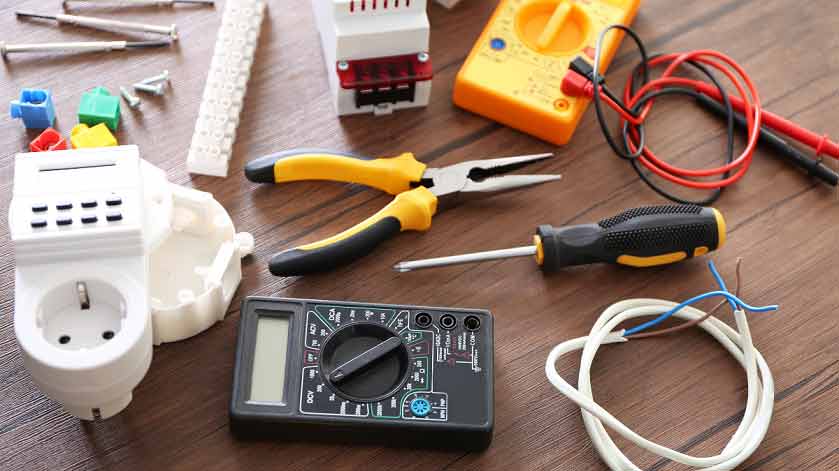
A common electrical examination is PAT testing. To assure the electrical safety of electrical equipment and lower the hazard of shocks, it is done from time to time. Here are the primary PAT testing errors that usually happen, which one should deter at any cost.
- Not Turning On The Appliance Switch
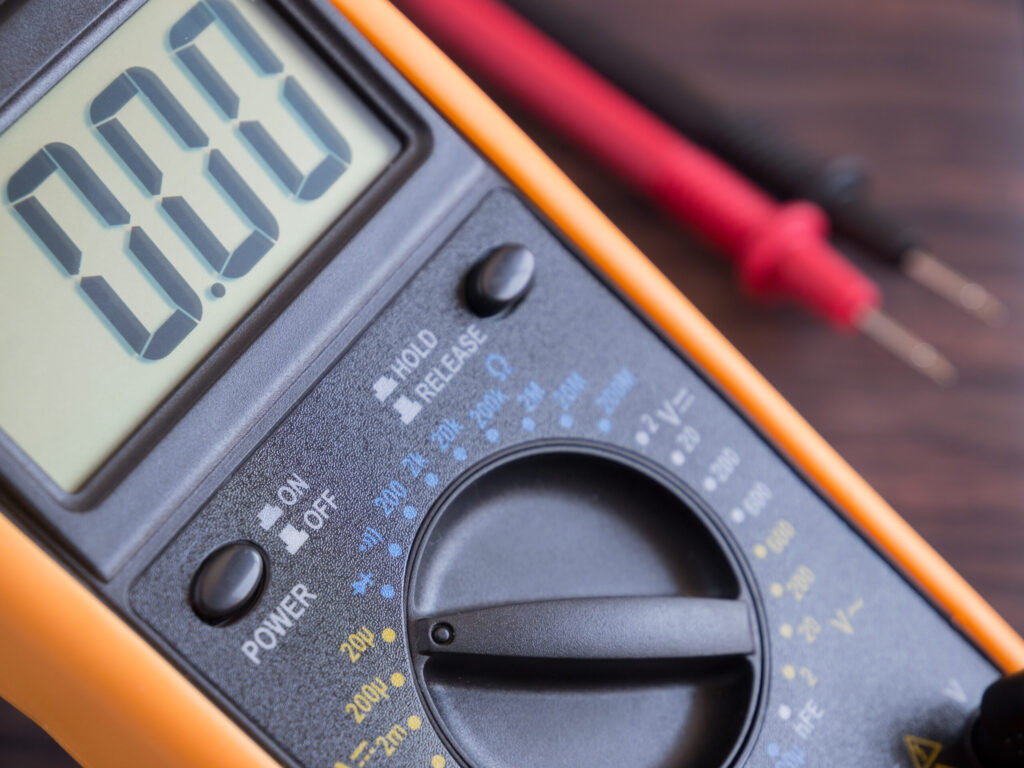
It is essential to turn on the item that is being tested to obtain accurate results from the insulation examination. Insulation tests function by determining whether the voltage is exiting the appliance’s enclosure utilizing a probe or wire. Everything inside the device must be at 500V during the testing. But, the voltage cannot transfer through wires if the device is not turned on.
This might lead to a risky item getting a usage clearance. For instance, without turning on the device, it is not that possible to tell if a live wire in the gadget was damaged and touching the exterior housing. It is best to hire professionals who will conduct PAT Testing safely and timely without much hassle.
- Not Testing The Right Equipment
In modern enterprises, a wide variety of electrical equipment is in use. So, only the appliances that are covered by your PAT testing agreement should be put through the testing process. Any fixed electrical system that complies with current rules, like lights, switches, and sockets, may fall under this category. If utilized to power other gear, it might also incorporate portable devices.
It is also not possible to know if the fuse is working properly if you forget to turn on the device. An operation examination will verify that the appliance is on and the fuse is functioning, so there is no necessity to carry out a distinct fuse examination to see if it is performing.
- Wrong Test Order
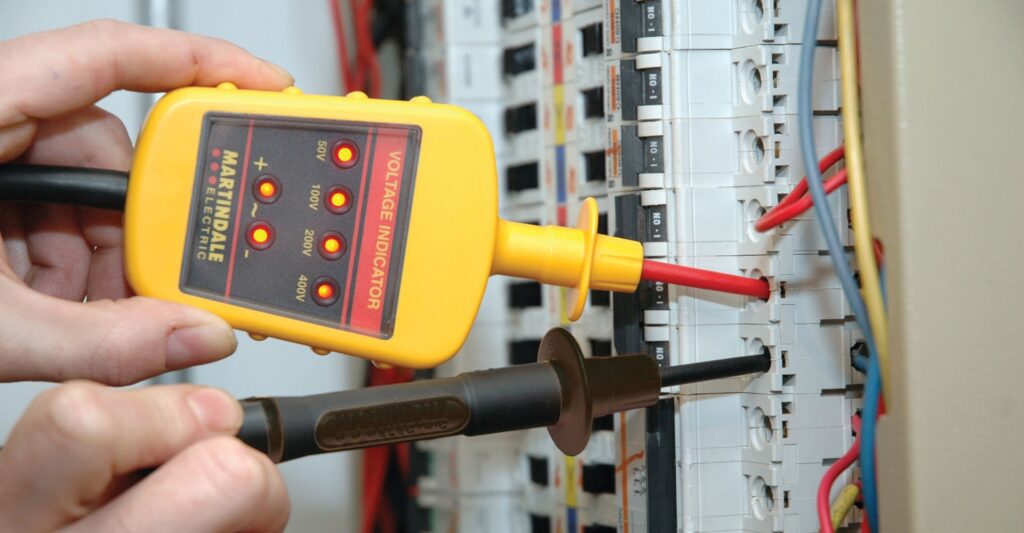
Prior to performing an insulation test on a Class I device, it is vital to demonstrate that the conductive earth direction is decent. If this is not completed earlier, you might not be able to trust the results of the insulation examination.
- Not Checking The Cable Size
When performing the testing, it is vital to verify that the cable diameters are accurate. The protective appliance can be inappropriate if an inspector determines the cable size wrong. Unsuitable protective equipment may allow a cable to bear more weight than it is designed to, which might melt the wire and lead to fires.
- Using Wrong Tools
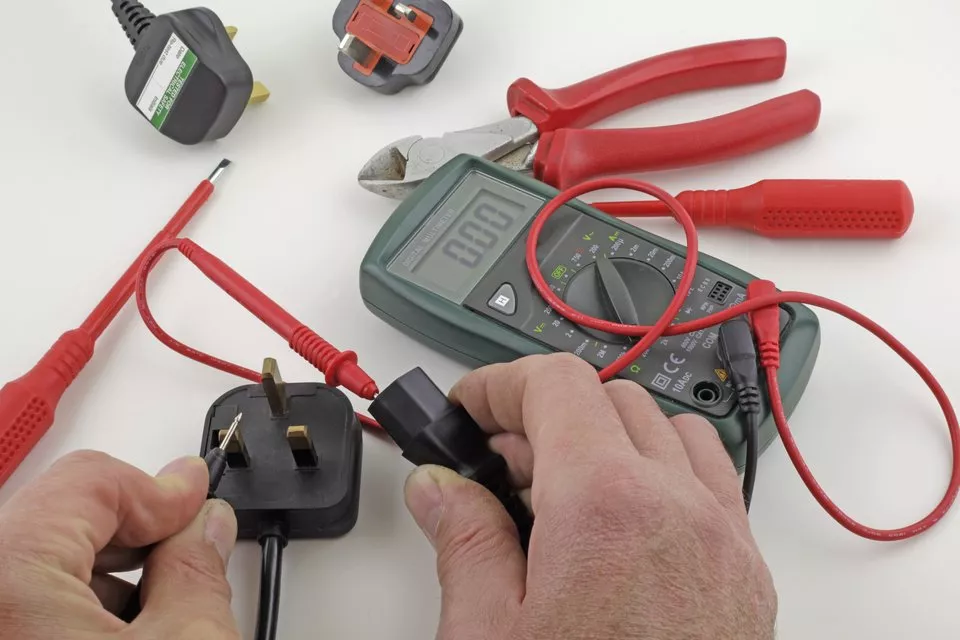
PAT testing may become impossible or extremely hard if the incorrect tools are utilized. For instance, you risk getting inaccurate test results and missing some critical issues if there is no proper voltage tester for inspecting power outlets.
- Touching The Gadgets
It is not a good pattern to get into to hold a device when conducting an insulation examination to enhance probe contact. This is due to the fact that, even though most gadgets pass insulation examinations, you may ultimately come across one that does not, resulting in a 500V shock if you are holding the item.
- Getting Wrong Earth Reading
It is essential not to use the median reading if the device does retain various separated outside components with different earth routes. In addition to that, it is likely to need repeated earth bond examinations.
- Performing Only One Earth Bond Test And One Insulation Test
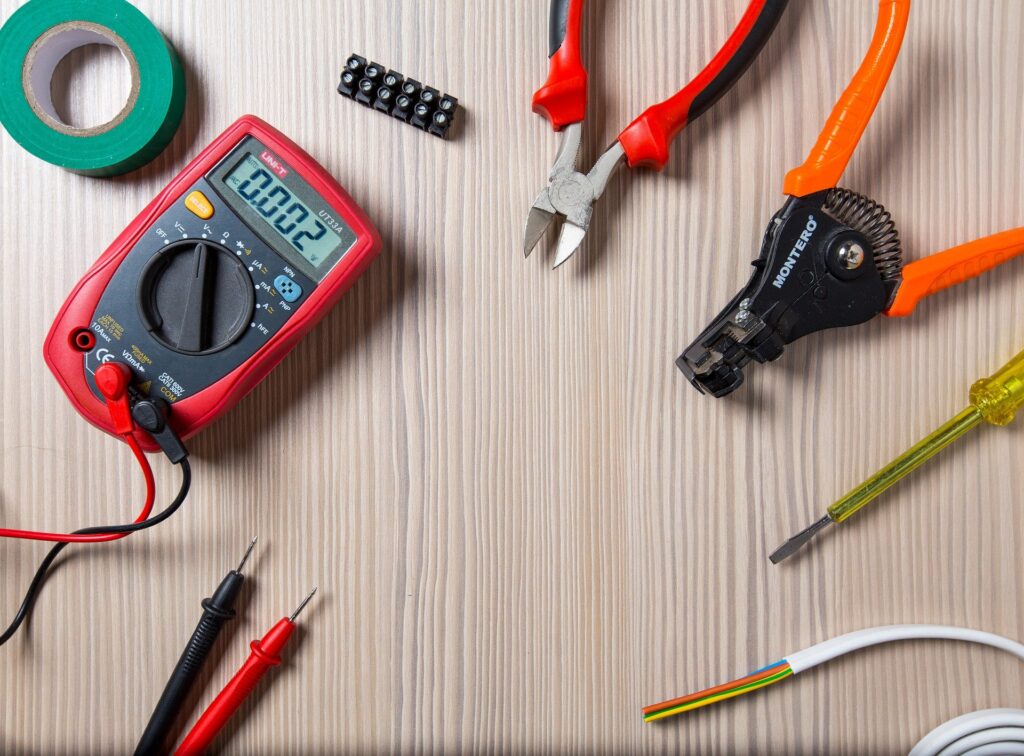
Early PAT testers that could be downloaded gave standard testing sequences with just a single earth test. Because of that, even seasoned professionals make the mistake of performing just a single earth test. Every outside part of a device that has distinct earth routes and various independent exterior sections needs to undergo an earth bond examination.
Numerous early PAT testers offer standard test sequences with only a single insulation test, similar to how earth bond testing was done. As with earth bond testing, several experts still only conduct this test one time. However, insulation might deteriorate in a number of places on devices.
For example, insulation near a power tool’s chuck, ventilation spaces, assembly pins, and speed control may deteriorate. It is advised to perform another insulation test to remedy this, in which you bind the device in foil and examine the foil.
- Not Organizing Periodic Inspections
If you do not schedule routine PAT testing for various devices, you cannot be aware of when they require replacement or restorations. This might lead to the usage of subpar equipment, which can result in a casualty or harm at any moment.
In order to evaluate the gadgets for a minimum of one time in one or two years, depending on how frequently they are utilized, it is crucial to plan routine examinations. If these tests are not planned strategically, there is little to no chance of knowing if there is something wrong with the ducting or devices until it turns into an emergency.
Bottom Line
In particular, for highly risky or big, complicated settings, PAT testing is one of the most efficient ways to make sure that electrical devices and other gear are safe at the moment of the examination. In a few countries, this test has become a necessity to ensure overall safety. As a result, it is relatively essential to keep in mind the above-listed mistakes that usually happen with PAT testing. In addition, one should make sure not to repeat those errors to ensure the accuracy of the examination.
